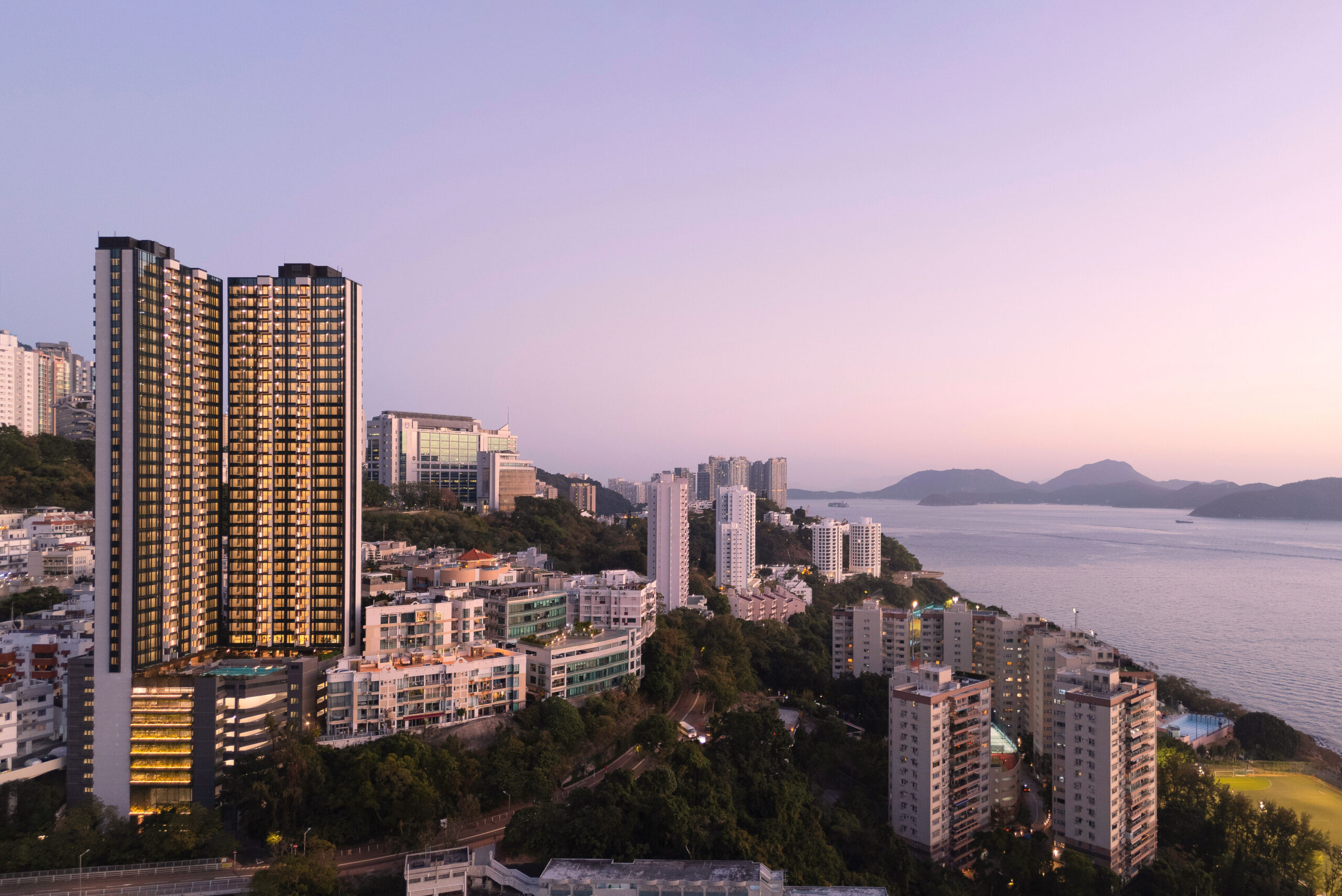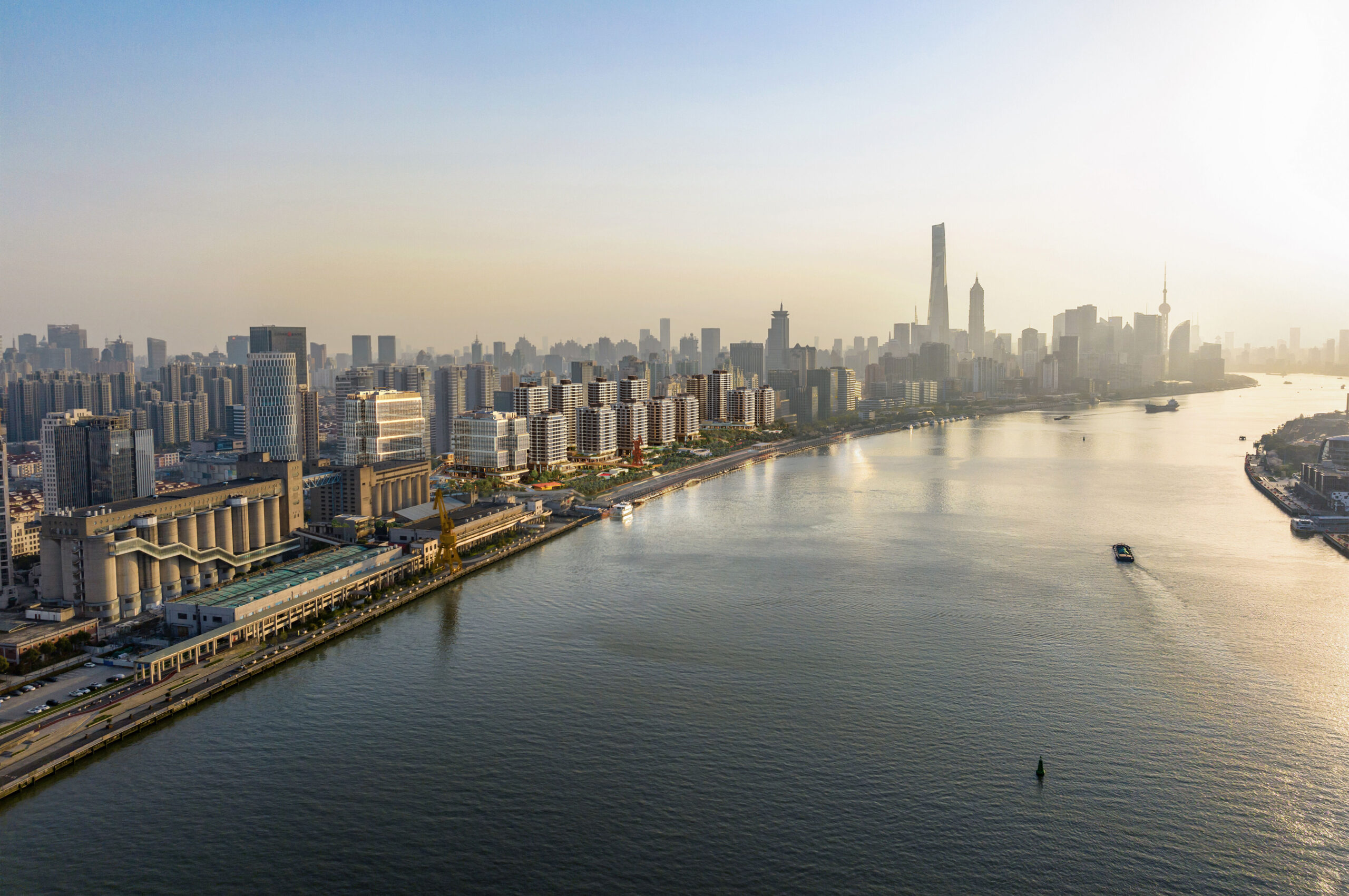Refresh
From office fit-outs to uplifting retail spaces, these projects are all about refreshing existing assets to extend their life and improve efficiency.
Through light-touch interventions, such as replacing outdated equipment, adding on-site renewables, enhancing accessibility and improving wellbeing, we can reduce operational energy and enhance a property’s financial value, along with its ability to adapt to the challenges of climate change.


Nobu Hotel Portman Square
We designed the architectural concept and guestroom interiors for London’s latest Nobu Hotel. Located on Portman Square in Marylebone, the project has refurbished and extended an existing hotel formed of two towers atop a podium. A new facade wraps around the ground and first floors, and a new double-height entrance and drop-off area with a canopy welcomes guests on arrival. We added new F&B spaces to enhance the hotel’s offer, while extensions at the north and south-west provide new and improved amenity spaces.


Repurpose
When we repurpose existing buildings, we not only extend their lifespan but also give them a new identity.
Whether it’s adding an extension and improving performance and wellbeing, or enhancing the layout and facade, repurposing buildings ultimately reduces the risk of stranded assets, supports a circular economy, and helps preserve the architectural diversity of our urban spaces.


36 Carrington Street
We’ve refurbished this 10-storey office building in Sydney’s CBD as part of the wider redevelopment of the area. Our design strips the building back to its superstructure and introduces new frontages, services and interiors. Referencing the punched windows of the listed building next door, we replaced the main elevation with three floor-to-ceiling window bays per floor. Contrasting reveals gradually project outward at the upper levels to provide solar shading, frame views, and create a readily identifiable presence. The windows culminate in dramatic double-height bays on the tenth floor. This 5-star Green Star refurbishment rebalances the building’s scale and proportion, and ensures it sits better within its rapidly transforming context.



Victoria Coast
We’ve repurposed this residential development comprising two towers atop a single podium in Hong Kong’s neighbourhood of Pok Fu Lam, on the island’s west side. Our design includes a major renovation of the facades and outdoor areas, plus refurbished interiors for 120 residential units, the clubhouse, and front-of-house areas. Externally, the retained structure has a new curtain wall system of integrated architectural fins that express the building’s verticality. From the inside out, our design takes advantage of the incredible views to the sea and dramatic verdant mountainside.
Reimagine
Reimagining is at the top end of our retrofit scale of intervention. It involves a complete rethink of how a building is used and laid out.
For these projects, we consider a building as a kit of parts from which something new can emerge. We combine new interventions with existing elements to create flexible new spaces that future-proof a building for various activities and functions.


32 Cleveland Street
Working as both designer and tenant, we turned what was once an NCP car park in the basement of a central London art deco building into a bespoke high-spec office for our London studio. First, we turned the vehicle ramp into a series of stepped platforms covered by a translucent ETFE canopy – this has become a bright, welcoming space regularly used for meetings and socialising, and as a gallery showcasing our latest models. We also turned the rear lightwell into a small sunken garden and installed a large glass rooflight, both of which let in a substantial amount of daylight. The bespoke, innovative, open-plan design celebrates our ethos and enables our collaborative approach.

Capella Sydney
Capella Sydney has transformed a heritage-listed government building in the heart of Sydney into a world-class luxury hotel. Originally designed by George McRae in 1912, the building features a sandstone facade and a Florentine Palazzo-style central courtyard, both of which have been restored and celebrated in our design. We added a complementary 4-storey setback extension with a reimagined roofscape, and we opened the ground level up to the public with new dining venues, function spaces and art. We also integrated a wellness centre and 20m pool beneath heritage roof lanterns at level 6, celebrating the interplay of old and new.
We’ve been measuring, monitoring and reporting the whole life carbon impact of our projects for several years, and we have seen that retrofit can make significant carbon savings; however, it’s not always a binary choice when you’re adding additional floor area, extending a building’s structural life, or fundamentally changing a building’s use case. Larger scale retrofits are a balancing act, and they can lead us toward a nuanced conversation between a low carbon new build and a significant carbon spend on a retrofit.
Part 2 of this retrofit blog series looks at this very dilemma, unpacking some research we did with the University of Sheffield where we analysed various retrofit and new-build options for a hypothetical large-scale urban office block.















































































































































































































































































































